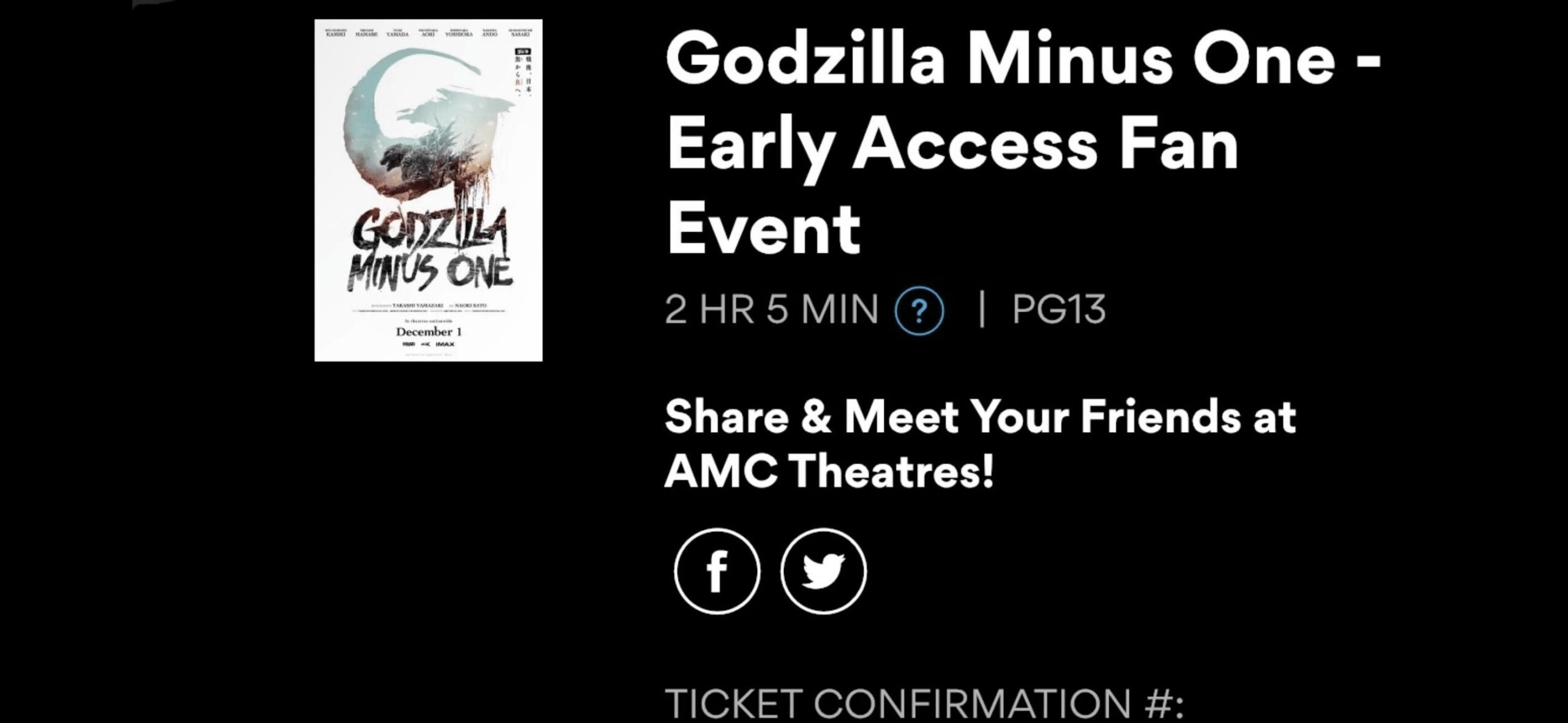Welcome to an exploration of the cinematic marvel that is ‘Godzilla Minus One’. This film has not only captured the attention of audiences worldwide but also outperformed its predecessors in a way that’s worth a deep dive. Let’s unearth the elements that contributed to this sequel’s roaring success.
Resonant Narrative Structure
The narrative structure of Godzilla Minus One is a tale that resonates deeply with audiences. As one might say, Godzilla has always been a creature of ideas, his stature so grand as to be historical more than melodramatic.
Indeed, the film weaves a compelling story set in postwar Japan, reflecting the nation’s struggles and resilience against the backdrop of nuclear devastation. The phrase ‘Minus One’ is not just a title but a symbol of Japan’s recovery being hindered by Godzilla’s rampaging presence.
Character Arcs That Engage
What truly adds depth to any story are characters that evolve and elicit emotional investment. Character development in Godzilla Minus One is exemplified by In judging the nobility of self-sacrifice against the ambiguous morality of kamikaze warfare — writer/director Takashi Yamazaki does more than find a renewed purpose for an IP asset impervious to irrelevance.
The film follows characters like Kōichi Shikishima, whose journey from a kamikaze pilot to a man haunted by survivor’s guilt, captivates the audience. 

Visual Effects That Set New Standards
The role of cutting-edge visual effects in Godzilla Minus One cannot be understated. Awarded ‘Best Use of Visual Effects’ by the Chicago Film Critics Association, these visuals not only enhance the cinematic experience but also pay homage to the Golden Age of Godzilla movies. A sequence where Godzilla evolves through three forms showcases this prowess, each form more harrowing than the last. 

Strategic Marketing Triumphs
The marketing strategy behind Godzilla Minus One was nothing short of a triumph. With records broken both domestically and internationally, it’s clear that the anticipation was well-fuelled. A red carpet premiere and strategic release dates contributed to building this hype. Notably, showcasing key scenes in broad daylight set it apart from other blockbusters and became an integral part of its promotional narrative. 

Fan Engagement That Strengthens Foundations
Fan engagement with Godzilla Minus One was instrumental in its success. The movie provided nods to franchise lore and callbacks to the 1954 original, creating a buzz among fans. Engaging with fans across social media platforms also played a crucial role, as evidenced by encouragements like, Stay up to date with the latest news on all things Godzilla, Toho and the Monsterverse also by liking us on Facebook and by following us on Twitter and Instagram!
This connection with fans solidified its standing within the Godzilla canon. 

Casting That Connects With Audiences
The casting choices for Godzilla Minus One brought characters to life in a way that appealed directly to viewers’ emotions. Ryunosuke Kamiki’s portrayal of Shikishima gave us a character whose personal plight mirrored the collective trauma of his time, making his journey all the more poignant. The ensemble cast, including figures like Mark Ruffalo and Jennifer Garner, delivered performances that tugged at heartstrings and added layers of complexity to their roles. 

Praise From Critics And Audiences Alike
The critical reception of Godzilla Minus One was overwhelmingly positive. Described as both ‘a blast and then some’ and ‘the best Godzilla movie made so far’, it’s evident that critics saw something special in this chapter of the franchise. Its nomination for ‘Best Foreign Language Film’ by The Critics Choice Awards speaks volumes about its quality and impact. This acclaim translated into box office success and set new records for live-action Japanese movies in history. 

In conclusion, the factors contributing to ‘Godzilla Minus One’‘s success are multifaceted—ranging from resonant storytelling and compelling character arcs to visual splendor, strategic marketing, fan engagement, stellar casting, and critical acclaim. It sets an example for sequels everywhere on how to not only meet but exceed expectations.

